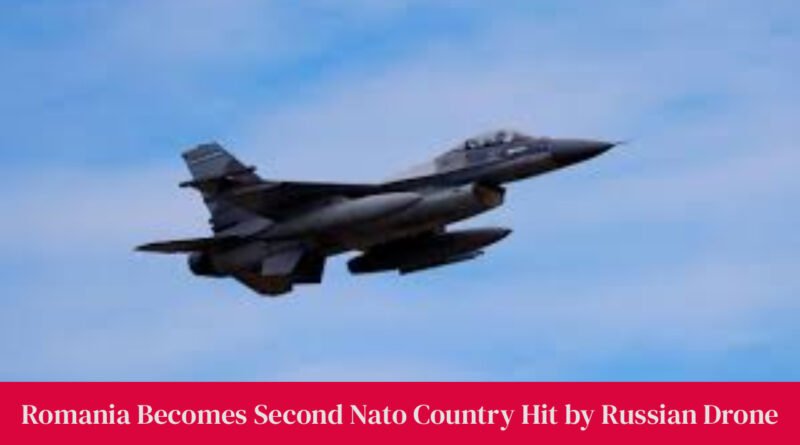Romania Becomes Second Nato Country Hit by Russian Drone
In a significant escalation that tests the defensive resolve of the North Atlantic Treaty Organization, the Romanian Ministry of Defence has confirmed that a Russian reconnaissance-attack drone breached its sovereign airspace during a series of attacks on Ukrainian port infrastructure. This critical event means that Romania becomes the second Nato country in a single week, following closely on the heels of Poland, to experience and report such a direct violation of its territory by Russian forces. The incident, which occurred near the Danube Delta, has sent ripples of concern throughout the alliance, prompting urgent consultations and reinforcing the need for a unified and robust response to protect the security of Nato’s eastern flank.
The detection occurred under tense and active conditions. Two Romanian F-16 fighter jets were already airborne, performing a vigilant monitoring mission along the border with Ukraine as Russia launched another assault targeting Ukrainian infrastructure on the Danube River. It was during this mission that the pilots identified and tracked a Russian Geran-2 drone—the Russian designation for the Iranian-designed Shahed-136 loitering munition—as it veered off course and entered Romanian airspace. The drone was detected approximately 20 kilometers south-west of the village of Chilia Veche before it subsequently vanished from radar tracking. Importantly, the Romanian defence ministry was quick to clarify that the unmanned aerial vehicle did not pass over any populated areas and was not assessed to pose an imminent threat to Romanian citizens or critical infrastructure on this specific flight path.
This event did not occur in a vacuum. Merely days before, Poland, a key Nato ally, reported that it had intercepted and shot down several Russian drones that had penetrated its airspace from the direction of the war in Ukraine. The fact that Romania becomes the second Nato country to report such an incident within such a short timeframe strongly suggests a pattern of provocative behavior rather than an isolated accident. Ukrainian President Volodymyr Zelensky was unequivocal in his assessment, stating that this could not be construed as a mistake but was instead “an obvious expansion of the war by Russia,” a deliberate test of Nato’s red lines and its collective security apparatus. This series of events has placed the alliance on high alert, with leaders acutely aware that each incursion carries the potential for miscalculation and further escalation.
The Romanian response has been measured yet firm. The nation’s foreign ministry summoned the Russian ambassador to Bucharest to deliver a formal protest, condemning the blatant violation of its sovereignty. A particularly intriguing aspect of the event concerns the rules of engagement. Under a new Romanian law enacted this very summer, the air force pilots were fully authorized to use force and shoot the intruding drone down. However, after a swift risk assessment, the command decision was made to hold fire. The defence ministry explained this choice by citing an evaluation of “collateral risks,” likely referring to the potential for debris to cause unintended damage or injury on the ground. This prudent decision, though criticized by some media outlets, highlights the complex and split-second calculations that Nato forces must make in this heightened security environment.
The broader implications for Nato are profound. The alliance is now faced with a clear challenge on its eastern frontier. In direct response to these provocations, allied activity has intensified. Polish Prime Minister Donald Tusk announced that preventative operations involving both Polish and allied aviation had commenced in Polish airspace, with ground-based air defence systems being placed at their highest state of readiness. Adding tangible support, the Czech Republic dispatched a special operations helicopter unit, consisting of three fully-equipped Mi-171S helicopters, to Poland to bolster defensive capabilities. These moves signal a concerted effort to demonstrate unity and strength, ensuring that every member of the alliance is protected. By confirming that Romania becomes the second Nato country to experience this threat, the event forces a critical re-evaluation of air defence strategies across the entire eastern flank, from the Baltic Sea to the Black Sea, as the alliance stands firm in defense of every inch of its territory.
Go To Main Page

